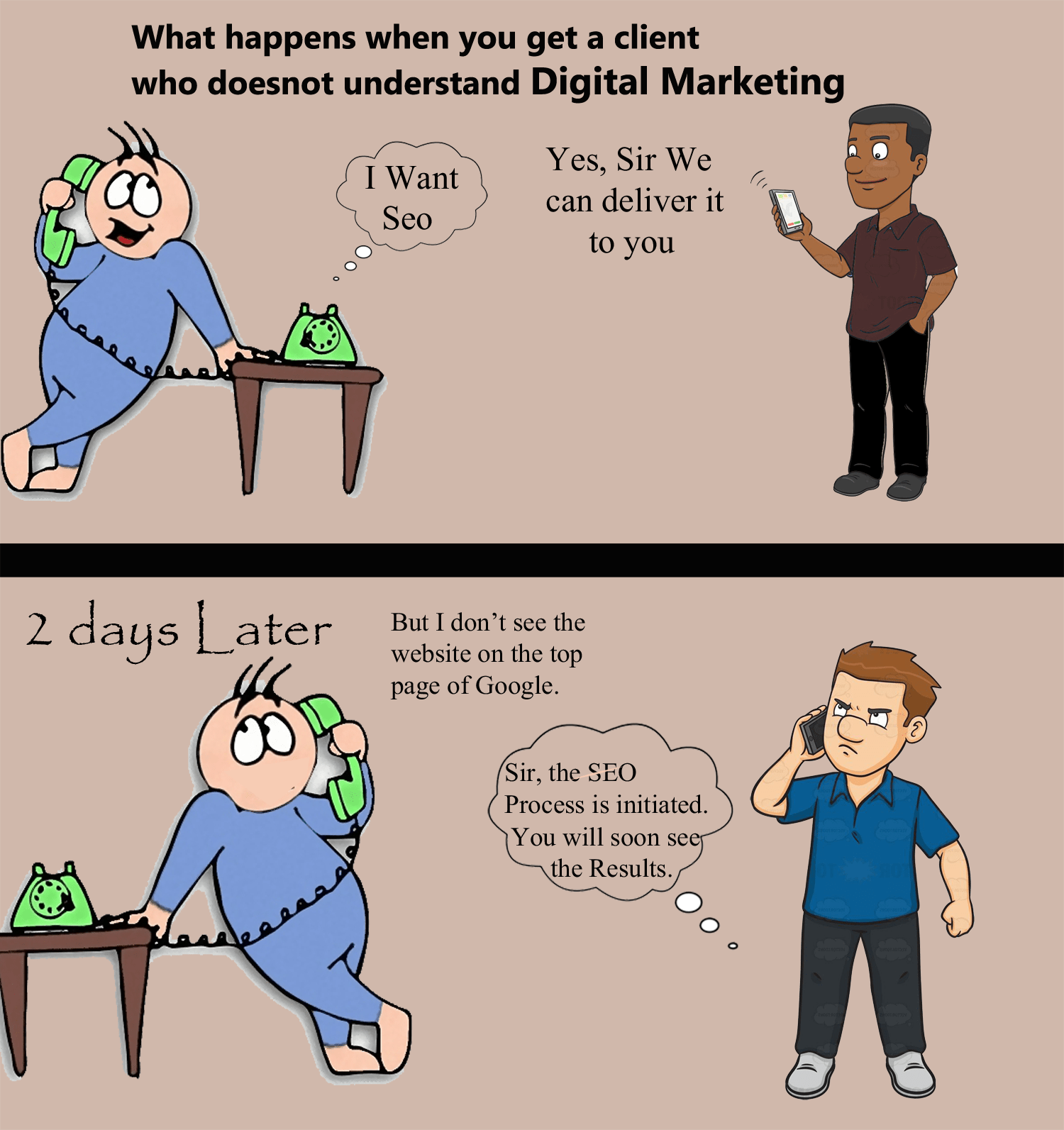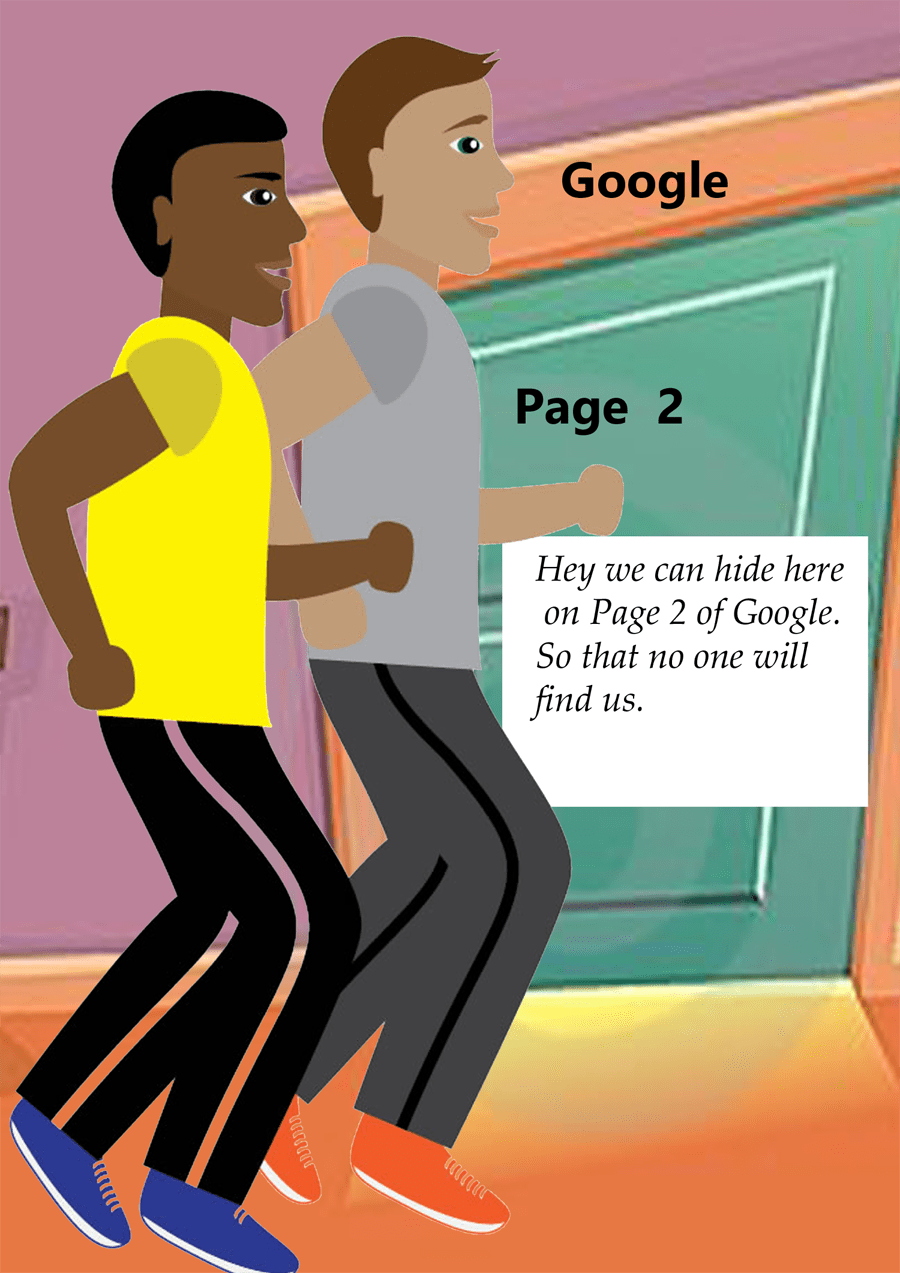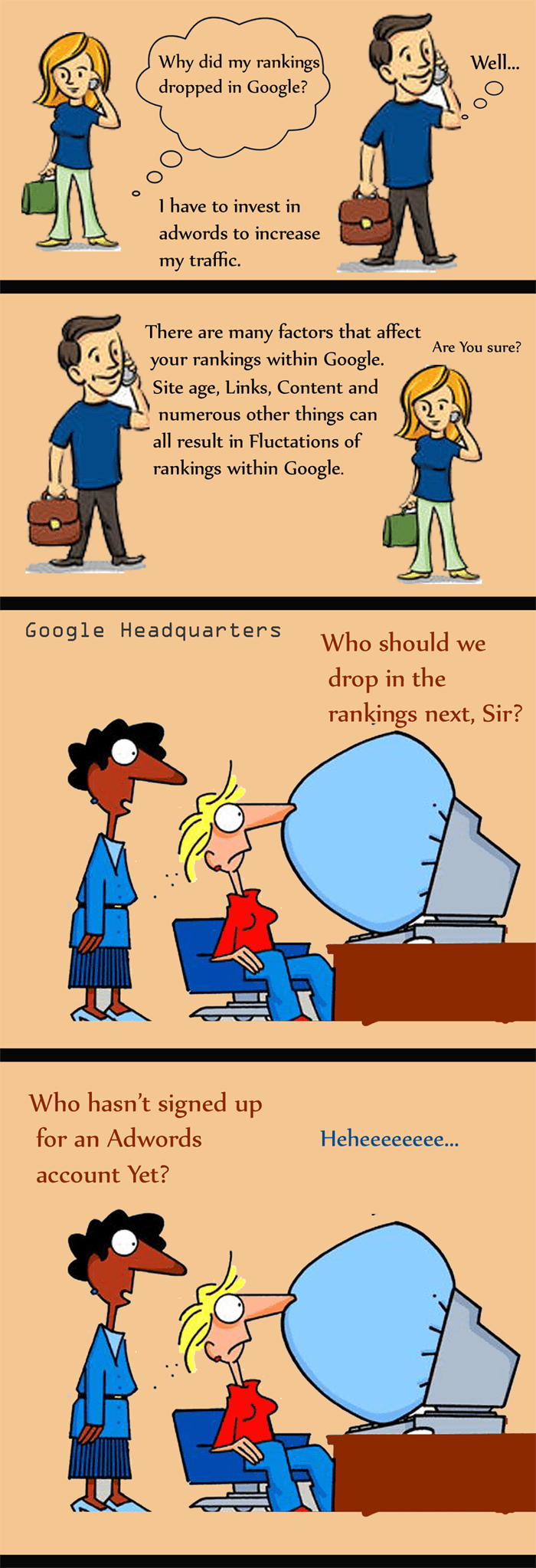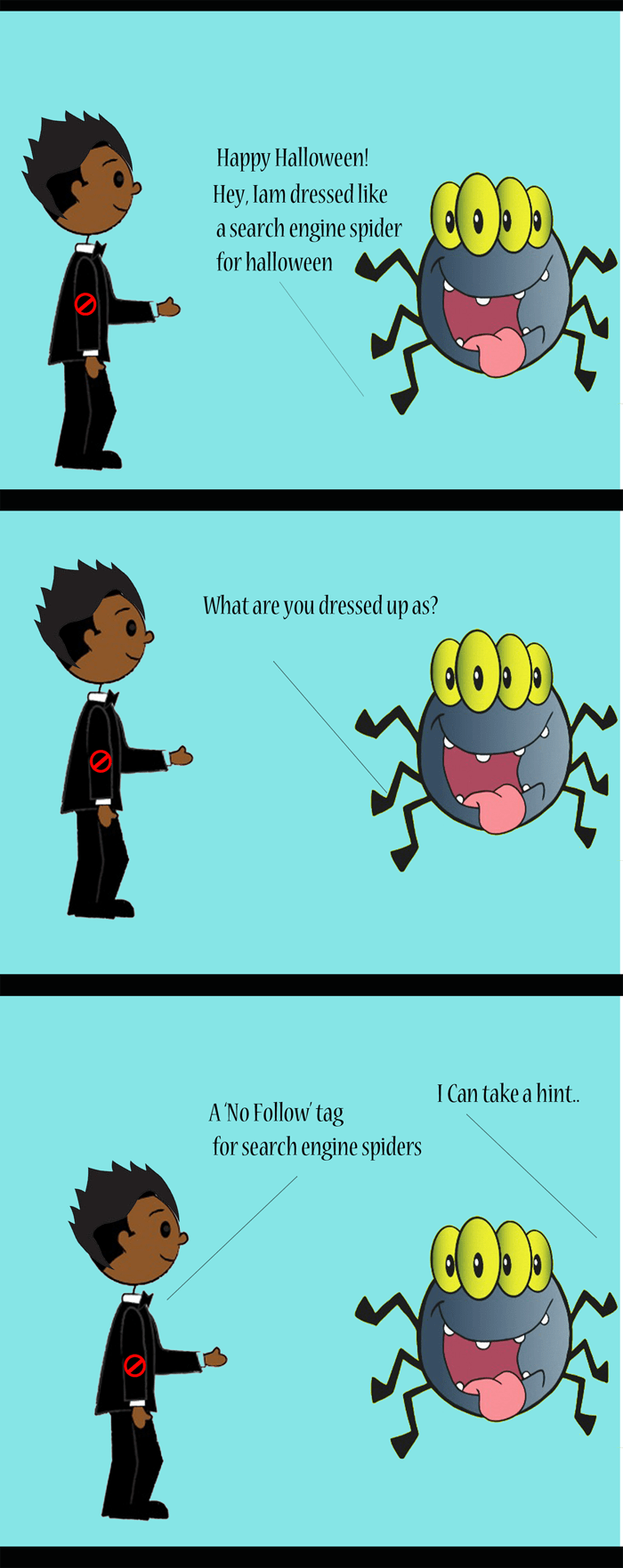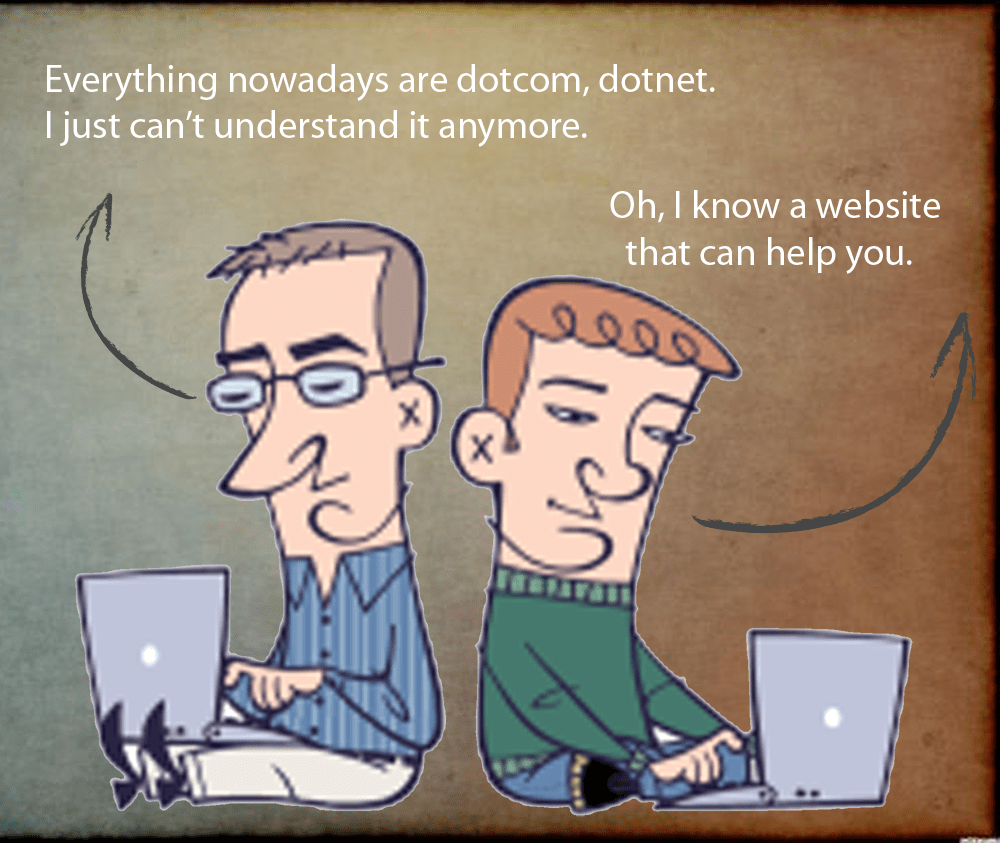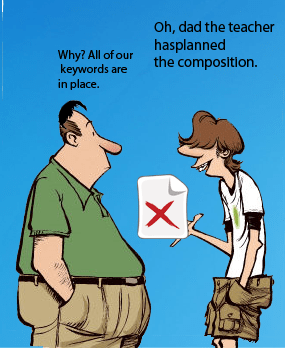SEO Service
From Keywords to Prompts: Optimizing for AI-Powered Search Assistants
Introduction
The world of search is changing. Traditional keyword-based SEO strategies are giving way to AI-powered search assistants like ChatGPT, Perplexity, Gemini, and Bing Copilot. Instead of typing simple keywords, users now ask conversational prompts, expecting direct, personalized answers. This shift marks the rise of prompt-driven SEO — a new frontier where businesses must adapt their strategies to stay visible in the age of generative AI.
In this blog, we’ll explore how SEO is evolving from keywords to prompts, and how you can optimize your content for AI-driven search engines.
1. Why Keywords Alone Are No Longer Enough
For decades, SEO revolved around keyword research — identifying high-volume terms and sprinkling them into content. But with AI assistants, search intent is expressed in natural language:
Old search: “best SEO tools”
AI-powered prompt: “What are the best SEO tools for small businesses in 2025, and which ones use AI features?”
This means content must go beyond targeting short-tail keywords. Instead, it must answer specific, context-rich queries.
2. Enter Prompts: The New SEO Currency
Prompts are essentially conversational questions or instructions users give to AI. Search assistants don’t just retrieve links — they generate answers. To appear in these answers, your content must:
Cover long-form, detailed topics
Use natural, conversational language
Anticipate follow-up questions and provide context
Think of prompts as the new “keywords,” but far more nuanced.
3. Strategies for Optimizing Content for AI Search
Here are actionable steps to transition from keyword SEO to prompt-driven optimization:
a) Target Conversational Queries
Instead of only using short-tail terms, create content around question-style searches:
“How do peak lapel suits differ from notch lapel suits?”
“What is Generative Engine Optimization (GEO) and how does it impact SEO?”
b) Emphasize Context & Depth
AI assistants prefer content that is comprehensive, structured, and semantically rich. Cover a topic in detail, including definitions, comparisons, pros/cons, and FAQs.
c) Optimize for Entities & Semantic SEO
AI systems rely heavily on entities (people, brands, products, concepts). Use schema markup, internal linking, and well-defined terms to strengthen your site’s authority in an AI knowledge graph.
d) Use Prompt-Like Subheadings
Structure blogs with subheadings that mimic user prompts:
“What is the difference between keywords and prompts?”
“How do AI-powered search assistants rank content?”
This increases your chances of being pulled into AI-generated answers.
4. The Role of GEO (Generative Engine Optimization)
Just as SEO became an industry, GEO (Generative Engine Optimization) is emerging as the discipline of optimizing content for generative AI search. Businesses that learn how to structure content for AI-generated responses will have a competitive edge.
5. Practical Example
Imagine you run a fashion eCommerce store. Instead of only optimizing for “men’s charcoal grey suit”, you create content that answers:
“What occasions are best for wearing a charcoal grey three-piece suit?”
“How should men style a pleated pant suit for weddings?”
AI assistants are more likely to surface your content in answers when it’s tailored to prompt-style queries.
Conclusion
The future of SEO lies beyond keywords. As AI-powered search assistants dominate how users find information, businesses must adapt by creating prompt-optimized content that is conversational, comprehensive, and entity-rich.
Moving from keywords to prompts isn’t just a trend — it’s the next era of search visibility. Those who embrace it now will lead in the AI-driven search economy.
Generative Engine Optimization (GEO): The Future of SEO for AI-Generated Content
As artificial intelligence reshapes how people search online, a new discipline is emerging: Generative Engine Optimization (GEO). Unlike traditional SEO, which focuses on ranking in Google’s search results, GEO is about optimizing content for AI-powered engines like ChatGPT, Google Gemini, and other large language models (LLMs) that deliver direct answers instead of links.
If your business depends on visibility, it’s time to learn how GEO can help your brand appear in AI-generated responses and future-proof your digital strategy.
What is Generative Engine Optimization (GEO)?
Generative Engine Optimization is the practice of tailoring digital content so that it’s easily understood, cited, and surfaced by AI-driven search engines and assistants.
Instead of optimizing for keyword rankings, GEO focuses on:
Structuring content for machine comprehension
Ensuring data is credible, up-to-date, and verifiable
Using semantic richness and structured cues so AI models recognize your content as authoritative
Why GEO Matters for the Future of Search
Traditional search results are changing. With AI assistants providing direct answers, many users may never click through to websites. This means the old blue-link SEO model is giving way to answer-first search.
Companies that adopt GEO strategies now will gain a competitive edge by ensuring their content is cited in AI outputs, keeping their brand in front of users even without traditional clicks.
Key Strategies for Generative Engine Optimization
1. Use Structured Data and Schema Markup
Implement schema.org markup and structured metadata. This makes it easier for AI engines to parse your content and link back to your site in generated answers.
2. Create Credible, Authoritative Content
AI models prioritize trustworthy sources. Cite reputable references, include author names, and build domain authority through backlinks.
3. Optimize for Questions, Not Just Keywords
Since users often ask conversational queries, craft Q&A-style content. Example: “What is GEO in SEO?” or “How does Generative Engine Optimization work?”
4. Leverage Long-Form, Evergreen Content
AI systems look for comprehensive resources. Well-researched articles with semantic depth are more likely to be used in AI-generated responses.
5. Add Transparency and Accuracy Signals
Use clear citations, statistics, and updated facts. AI models trained on reliable data will be more inclined to surface your content.
6. Adopt llms.txt and AI-Specific Guidelines
Just as websites use robots.txt for crawlers, new standards like llms.txt are emerging to signal how AI models should interact with your content. Implementing these early will future-proof your site.
Challenges of GEO
Measurement Difficulty – Unlike Google rankings, tracking how often AI cites your site is not yet straightforward.
Rapid Evolution – AI engines update faster than traditional search, so GEO best practices may change frequently.
Competition – As more businesses adopt GEO, standing out will require unique insights and niche expertise.
Final Thoughts
Generative Engine Optimization (GEO) is the next frontier of search visibility. As AI assistants dominate the way people consume information, businesses must adapt to ensure their content remains discoverable, authoritative, and cited in AI-generated results.
By focusing on structured data, credibility, question-based content, and future AI standards, you can position your brand at the forefront of this new search era.
Google Groups will resolve the issue by eliminating Usenet groups.
Introduction
Google officially announced it will sunset Usenet groups in Google Groups. This is the closing of a many-year chapter in internet history. One of the oldest online discussion systems (introduced in 1980), Usenet has slipped from the spotlight with the advent of contemporary forums, social networking sites, and sophisticated collaboration tools.
The action is in a bid to enhance security, minimize spam, and concentrate Google Groups on communities that continue to extensively use it.
Why Google Is Dropping Usenet Support
- Waning Usage – Usenet has remained dormant against newer platforms.
- Excessive Spam – Most groups were plagued by spam and malware links.
- Maintenance Fees – Sustaining outdated technology wastes resources.
- Security Threats – Aging protocols are difficult to protect against newer threats.
What This Means for Users
- Archived Content: Old Usenet posts will no longer be available through Google Groups.
- Active Groups: Other Google Groups that are not Usenet will remain unaffected.
- Alternatives: Discussions can be transferred to sites such as Reddit, Discord, or newer forums.
The End of an Era
For most, Usenet was the origin of online communities. It familiarized the world with threaded discussions, special interest groups, and international conversations years before Facebook or Twitter came on the scene. Although its usefulness diminished, its heritage remains a foundation point in the history of online communication.
Conclusion
Google’s move underscores the need to look toward new, secure, and thriving communities. With one door closing comes another opening—opening up a future where online collaboration keeps changing.
Google Ads Photo Guidelines Now Faster Reviews & More Creative
Google Local Service Ads play a vital role in connecting businesses with local customers. Recent updates to the platform’s photo guidelines have brought about improvements that impact reviews, creativity, and overall efficiency. This essay aims to explore these updates and their implications for businesses, customers, and the local service ecosystem.
Google Local Service Ads: A Brief Overview
1. Connecting Local Businesses: Google Local Service Ads enable local businesses to reach potential customers through targeted ads displayed in search results.
2. Service Verification: Google verifies businesses to ensure they provide high-quality services and meet customer expectations.
Recent Photo Guideline Updates
1. Enhancing Visual Content: The updates aim to improve the visual representation of businesses’ services, fostering better communication with potential customers.
2. Faster Reviews: These updates also expedite the review process by encouraging businesses to upload relevant photos that showcase their services.
Implications for Businesses
1. Improved Credibility: High-quality photos increase the credibility of businesses, allowing customers to visualize the offered services and facilities.
2. Customer Engagement: Engaging photos provide potential customers with a glimpse of what to expect, enticing them to choose a particular business.
3. Enhanced Conversion: Eye-catching visuals can lead to higher click-through rates, driving more conversions for businesses.
Benefits for Customers
1. Informed Decisions: High-quality images help customers make informed decisions about the services they are seeking.
2. Visual Transparency: Visual representations of businesses’ offerings promote transparency and help customers avoid surprises.
3. Streamlined Selection: With a clearer understanding of services, customers can quickly narrow down their choices.
Promoting Creativity and Uniqueness
1. Showcasing Uniqueness: Businesses can use images to highlight their unique selling points and stand out from the competition.
2. Enhancing Brand Identity: Creative visuals contribute to building a strong brand identity, which resonates with customers.
Accelerated Review Process
1. Quick Visual Feedback: With relevant photos, customers can quickly assess a business’s suitability, expediting the decision-making process.
2. Review Authenticity: Authentic photos enhance the reliability of reviews, as customers can visualize the experiences of others.
Best Practices for Businesses
1. High-Quality Images: Clear and high-resolution photos offer the best representation of services.
2. Variety: Businesses should include a variety of images that capture different aspects of their services.
3. Relevance: Photos should accurately depict the business’s offerings and facilities.
The recent updates to Google Local Service Ads’ photo guidelines mark a significant step forward in enhancing the user experience for both businesses and customers. These updates not only improve the efficiency of the review process but also allow businesses to showcase their offerings more creatively and authentically. Through the power of visuals, local businesses can engage customers, build trust, and drive conversions. As the digital landscape continues to evolve, these updates stand as a testament to Google’s commitment to fostering meaningful connections between local businesses and their customers.
SEO Funny Cartoon Comics -latest trends of 2016
Search Engine Optimization (SEO) is arguably the most cost-effective digital marketing technique, but also the most challenging to get right.
The First very Organic Result on the First Search Engine Result Page sees about 32.5%of Overall Search Traffic in terms of clicks. The Second domain sees 17.6% while the 7th only sees 3.5%
Google PageRank (Google PR) is one of the methods Google uses to determine a page’s relevance or importance. Important pages receive a higher PageRank and are more likely to appear at the top of the search results. Google PageRank (PR) is a measure from 0 – 10. Google Page rank is based on back links
Web Search Engines and some other sites use Web crawling or spidering software to update their Web Content or indices of others sites’ web content. Web crawlers can copy all the pages they visit for later processing by a search engine which indexes the downloaded pages so the users can search much more efficiently.
A website is a collection of related webpages, including multimedia content, typically identified with a common domain name and published on at least one webserver.
A keyword, in the context of search engine optimization, is a particular word or phrase that describes the contents of a Web page.
Google is used for search of information about (someone or something) on the Internet using the search engine Google.
Blogroll
Categories
- 2013 seo trends
- author rank
- Bing search engine
- blogger
- Fake popularity
- Google Adsense
- google fault
- google impact
- google Investigation
- google knowledge
- Google panda
- Google penguin
- Google Plus
- Google webmaster tools
- Hummingbird algorithm
- infographics
- link building
- Mattcutts Video Transcript
- Microsoft
- MSN Live Search
- Negative SEO
- pagerank
- Paid links
- Panda and penguin timeline
- Panda Update
- Panda Update #22
- Panda Update 25
- Panda update releases 2012
- Penguin Update
- Sandbox Tool
- search engines
- SEO
- SEO cartoons comics
- seo predictions
- seo techniques
- SEO tools
- seo updates
- social bookmarking
- Social Media
- SOPA Act
- Spam
- Uncategorized
- Webmaster News
- website
- Yahoo









